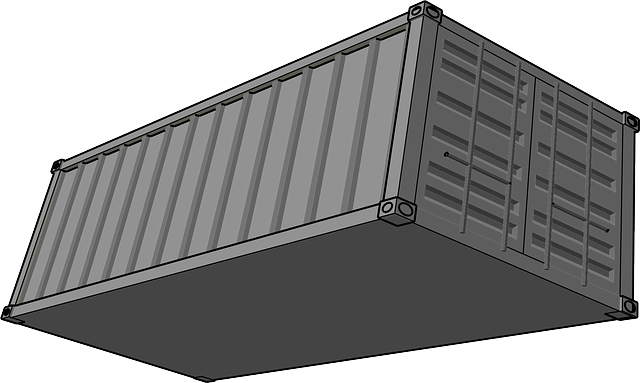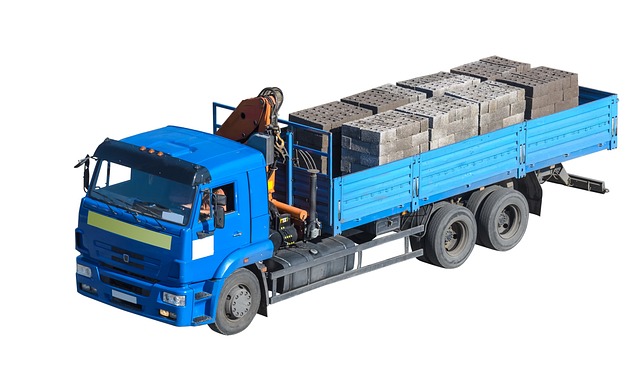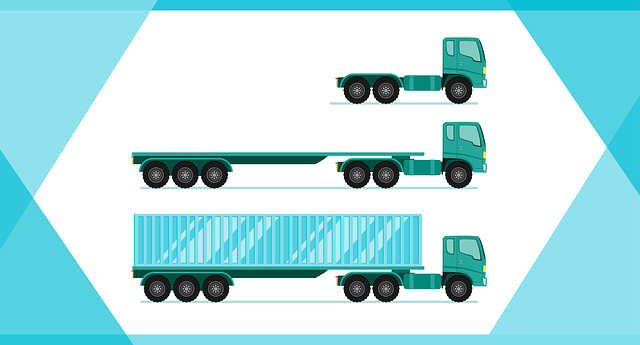Freight carriers, especially fleet owners, need to understand their cargo insurance requirements to ensure comprehensive protection. These vary based on cargo type (e.g., hazardous materials, perishable goods), transport routes, and operational risks. Tailoring policies with insurers aligns with regulatory obligations and industry best practices, safeguarding operations and financial interests. Key factors include cargo nature, route, safety record, and maintenance history; these impact insurance costs and coverage. Navigating this complexity requires understanding coverage scope, deductibles, and claims processes, ensuring alignment with specific cargo types and risks to mitigate potential losses.
Selecting the right cargo insurance is paramount for fleet owners aiming to protect their investments and manage risks effectively. This article provides professional tips on understanding freight requirements and their impact on insurance, assessing risk factors, navigating policy options, and customizing coverage. By delving into these key areas, fleet owners can make informed decisions, ensuring their cargo insurance matches specific needs and minimizes potential losses.
Understanding Freight Requirements and Their Impact on Insurance

Freight requirements are a crucial aspect that freight carriers, especially fleet owners, must consider when selecting insurance policies. Understanding these needs is essential to ensuring comprehensive protection for your cargo and vehicles. Freight requirements can vary widely depending on the nature of the goods being transported, routes traveled, and specific operational risks involved. For instance, carrying hazardous materials necessitates specialized coverage to mitigate potential environmental liabilities and health risks.
The impact of these requirements on insurance is profound. Policies must be tailored to address unique risks associated with different cargo types, such as perishable goods that require temperature-controlled transport or high-value shipments demanding enhanced security measures. Fleet owners should work closely with insurance providers to assess their specific needs, ensuring the chosen policies align with regulatory obligations and industry best practices. This proactive approach enables fleet owners to select the most suitable cargo insurance, ultimately safeguarding their operations and financial interests.
Assessing Risk: Factors to Consider for Cargo Insurance

When assessing risk for cargo insurance as fleet owners, several factors come into play. Firstly, it’s crucial to understand the nature of your cargo: is it high-value, hazardous, or time-sensitive? Each category carries unique risks that can impact insurance costs and coverage requirements. For instance, perishable goods demand specific handling and temperature control measures, which may incur higher insurance premiums.
Secondly, the route and mode of transportation play a significant role. Long-haul or international shipments often face greater exposure to delays, theft, or weather-related disruptions. Marine cargo insurance, for example, is essential for protecting against risks associated with shipping across oceans. Additionally, evaluating your fleet’s safety record and maintenance history is vital; a well-maintained fleet generally reflects responsible ownership, potentially leading to more favorable insurance terms.
Navigating Policy Options: What Fleet Owners Need to Know

Navigating the complex world of policy options can be a daunting task for fleet owners, especially given the unique freight requirements that come with their operations. With various types of cargo insurance available, understanding what’s suitable for your fleet is crucial to ensuring smooth sailing (or transportation) in the event of unforeseen circumstances. One key aspect to consider is the scope of coverage; different policies cater to specific types of cargo and risks, from perils of the sea to liability during transit.
Fleet owners should also pay close attention to exclusions and deductibles. Certain policies might exclude high-value items or have higher self-insurances, which can significantly impact financial exposure. Additionally, understanding the claims process and response times is essential. Efficient claims handling can mean faster resolutions and reduced disruption to your fleet’s operations, ensuring that goods are delivered on time and with minimal damage.
Strategies for Customizing Coverage to Match Specific Cargo Needs

When it comes to insuring your freight, understanding that one-size-fits-all policies won’t cut it is crucial for fleet owners. The unique nature of cargo insurance requires a tailored approach to match specific needs, ensuring comprehensive protection for each shipment. Customizing coverage involves several strategic considerations.
Firstly, assess the type and value of goods being transported. Different cargoes carry varying risks; hazardous materials, high-value items, or perishable goods all necessitate specialized policies. Secondly, consider the transportation mode – land, sea, or air – as each presents distinct challenges. Lastly, evaluate the geographic scope of operations, as regional regulations and potential risks can significantly impact insurance requirements. By carefully considering these factors, fleet owners can design a robust cargo insurance policy that addresses unique needs, minimizing financial exposure and maximizing peace of mind.
When it comes to choosing policies for your freight needs, understanding your specific cargo requirements and tailoring coverage accordingly is key. As a fleet owner, navigating the world of cargo insurance involves assessing risk factors, comparing policy options, and customizing protection. By implementing these professional tips, you can ensure that your business is adequately insured, minimizing risks and maximizing peace of mind while transporting goods. Remember, the right insurance policy is a valuable asset, offering both security and the freedom to grow your freight operations with confidence.
